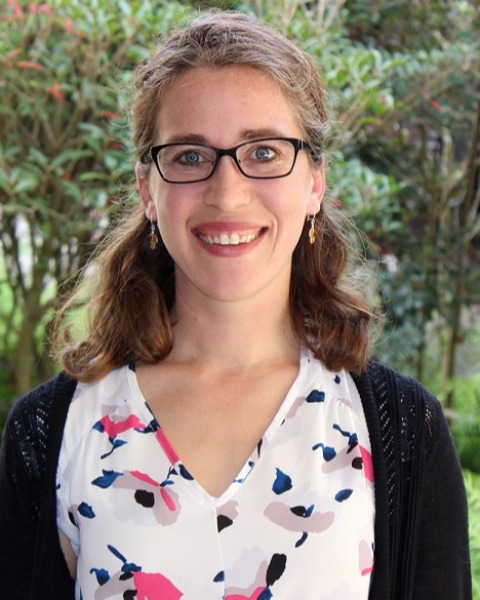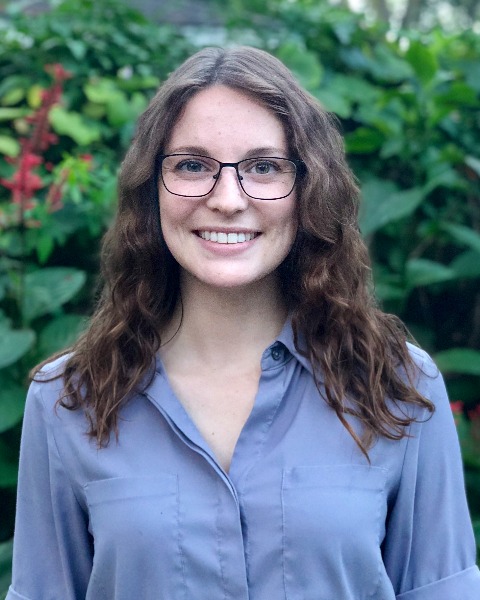Student Poster
Plant-Insect Ecosystems
Student Competition
Student
Undergrad Competition P-IE: Ecology
D3187: Assessing the impact of land-use change on the wing morphology of southeastern blueberry bee

Walker Bensch
Undergraduate Researcher
University of Florida
Jupiter, Florida- JJ
Joanna Jaramillo
University of Florida
Gainesville, Florida 
Rachel E. Mallinger
Assistant Professor
University of Florida
Gainesville, Florida
Sarah A. Anderson
Graduate Assistant
University of Florida
Gainesville, Florida
Presenting Author(s)
Co-Author(s)
Land use change is one of the main drivers of bee decline globally, and understanding its effects is vital to making informed conservation decisions. Urbanization and agriculture are major contributors to land use change, though their impact on bee diversity often differs in magnitude, direction, and variance, depending upon the taxa examined. An increasingly popular method to assess the complex effects of land use change is through morphological analysis. Morphological analysis allows us to quantify the estimated fitness of a population, and thereby gain a better understanding of how land use change affects specific taxa. In this study, geometric morphometric technique (GMM) is used to assess how the wing morphology of the southeastern blueberry bee (Habropoda laboriosa, Hymenoptera: Apidae) differs in agricultural and urban land uses. Over two years, 525 H. laboriosa were collected from 27 sites across north central Florida consisting of agricultural, natural, and urban habitat. The wings of specimens were mounted and photographed with the relative position of each vein intersection acquired using TPSDig. Using MorphoJ, differences in wing morphology were assessed between agricultural, natural, and urban habitat by canonical variate analysis for both females and males. In our preliminary analysis of 137 female and 60 male forewings, we found weak differentiation in the wing morphology of female forewings between habitat types (p = 0.0656). Among females, wing morphology was most dissimilar between natural and agricultural habitat followed by natural and urban habitat.

.png)


